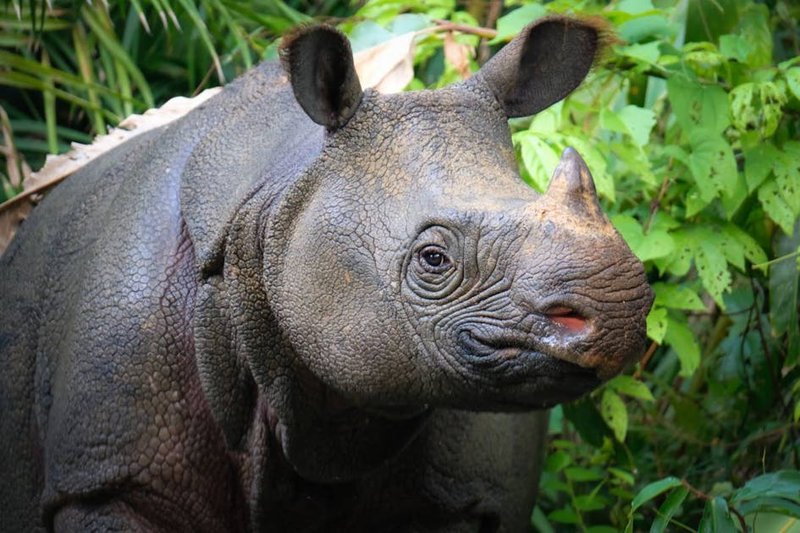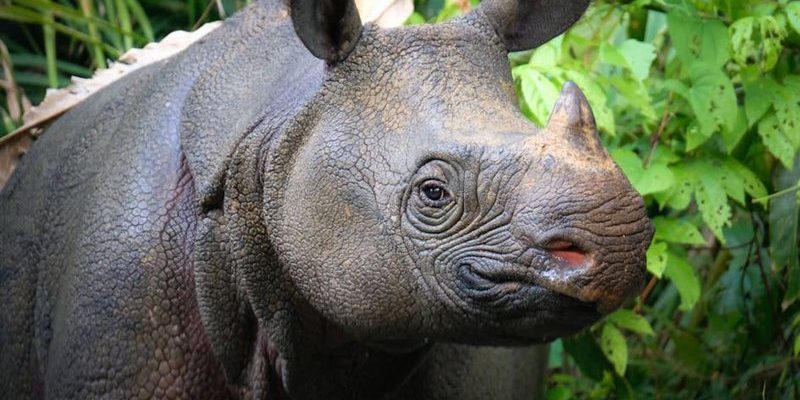
Imagine sipping coffee while discussing your favorite animals. You could bring up how the Javan rhinoceros, the most endangered rhino species left in the world, captivates not just conservationists but also storytellers and artists across generations. From jungle tales to local lore, the Javan rhino represents a blend of reverence and curiosity. Let’s delve into those cultural representations and see how they shape our understanding of this incredible animal.
The Javan Rhinoceros in Ancient Folklore
Folklore often serves as a mirror reflecting the values and beliefs of a culture. The Javan rhinoceros appears in various tales and legends throughout Southeast Asia. In these stories, the rhino is not just an animal; it embodies traits like bravery and resilience. For example, in some local legends, the rhino is depicted as a fierce protector of the forest. Its thick skin and formidable presence deter would-be threats, making it a symbol of guardianship.
Moreover, the stories often highlight the rhino’s rarity. By portraying the Javan rhino in this light, cultures emphasize the importance of conservation. The creature becomes a rallying point for discussions about protecting both the animal and its habitat. By weaving the rhino into their folklore, communities foster a sense of responsibility toward the environment.
Symbolism of Strength and Power
In many cultures, the Javan rhinoceros symbolizes strength and power. This representation is often amplified in art and literature. For instance, a common analogy you might hear is comparing a brave leader to the Javan rhino—both unyielding in spirit and unwavering in the face of adversity. Artists might depict the rhino with strong lines and bold colors, accentuating its robust body as a metaphor for resilience.
This symbolism doesn’t just apply to individual strength; it also extends to the unity of communities. In stories where the rhino protects its territory, it reflects the idea that strength comes not just from power, but from the bonds shared within a community. Just as a mother rhino fiercely protects her calf, communities can rally together to defend what’s important. This representation encourages a collective effort to safeguard the environment and its inhabitants.
Modern Cultural Representations
Fast forward to today, the Javan rhinoceros pops up in modern culture in some unexpected ways. From films to social media campaigns, this species continues to engage audiences around the world. One notable recent example is wildlife documentaries showcasing their habitat and plight. These programs illuminate the rhino’s struggles while simultaneously weaving in cultural narratives that resonate with viewers.
In literature, the Javan rhino has become a character in children’s stories, serving as a valuable teaching tool. By featuring the rhino, educators can discuss broader themes like conservation and the importance of biodiversity. Children learn not just about the Javan rhinoceros, but also develop an appreciation for nature.
Art and Sculpture
Artists around the world have also captured the essence of the Javan rhino in their work. Sculptures in public parks or galleries often depict the rhino in a way that draws attention to its endangered status. Such art pieces serve as reminders of the beauty and fragility of the species. They invite conversations about conservation efforts, making them more than just decorative items.
Additionally, contemporary art often incorporates the rhino as part of environmental activism. For example, murals might feature the Javan rhino in a colorful, vibrant way, while also highlighting the threats it faces. This blend of art and activism encourages people to reflect on their role in protecting wildlife, transforming the rhino into a beacon for change.
Javan Rhinoceros in Religious Contexts
In several cultures, animals like the Javan rhinoceros take on spiritual significance. For some communities in Southeast Asia, the rhino is seen as a sacred animal connected to creation myths or revered deities. This belief can lead to protective measures for the animal, as treating it with respect aligns with broader religious values.
In certain traditions, rhinos may be offered prayers or tributes during festivals, emphasizing a community’s harmony with nature. By linking the Javan rhino to spirituality, these cultures highlight the interconnectedness of all living beings, reminding us that we share this planet with other creatures deserving of protection and respect.
Conservation and Cultural Identity
For many indigenous communities, the Javan rhinoceros is more than just a creature of lore or art—it embodies their cultural identity. As a symbol of regional pride, these rhinos inspire local efforts to protect their environment and heritage. When communities rally around the idea of saving the rhino, it fosters a deeper bond among members and strengthens cultural ties.
Conservation initiatives often incorporate local folklore and traditions in their campaigns. By aligning modern conservation strategies with historical narratives, there’s a greater chance of community involvement. People feel a sense of ownership and responsibility, as they work together to preserve the rhino and its habitat, ensuring that future generations can understand and appreciate its significance.
The Javan rhinoceros is more than just a rare species on the brink of extinction; it’s a powerful symbol woven into the fabric of culture and folklore. From ancient tales of bravery to modern art that speaks volumes about conservation, the rhino remains a poignant reminder of our relationship with nature.
By understanding how the Javan rhino is represented in culture, we gain insight into the values and beliefs of the communities that hold it dear. As we consider our role in the future, remember that every story told and every piece of art created can contribute to the rhino’s legacy. Protecting this majestic creature means celebrating its cultural significance and ensuring its story continues for generations to come.

